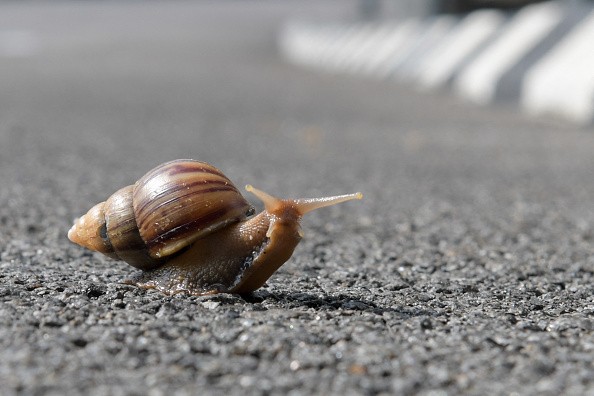Experts have been warning that declines in animal biodiversity all over the world are a sign of the Earth's sixth mass extinction. Not everyone is convinced by the clear evidence that this dreadful event is taking place all around us.

Declines in Animal Biodiversity
Bioscientist Robert Cowie from the University of Hawai'i at Mnoa says that drastically elevated rates of species extinctions and diminishing abundances of many animal and plant populations are widely documented, yet some disagree that these phenomena amount to mass extinction.
"This denial is based on a highly biased assessment of the crisis which focuses on mammals and birds and ignores invertebrates, which of course constitute the great majority of biodiversity," Cowie said.
To disprove the doubts, Cowie and his colleagues have published an investigation into the decline of invertebrate creatures, which receive significantly less attention than vertebrate animals in discussions of biodiversity loss - even in the IUCN Red List of Threatened Species, the world's most comprehensive record of species extinctions, but skewed toward birds and mammals.
In their research, Cowie and colleagues claim that the Red List is significantly biased.
Only a tiny percentage of invertebrates, compared to birds and mammals, have been assessed against conservation criteria, according to Science Alert.
Assumptions are made about the extinction rates of mammals and birds, as well as the extinction rates of all biodiversity, implicitly or explicitly, and this assumption is widely accepted both by the media and many scientific and conservation groups that focus on vertebrates.
Also Read : Toxic Soup: World's Worst Mass Extinction Killed Thousands of Animals 252 Million Years Ago
Proof That the Sixth Mass Extinction is Here
According to the IUCN's count, about 1.5% of evaluated mammal and bird species have gone extinct since 1500 CE, according to the researchers. This isn't too far off the 'background' extinction rate that exists between mass extinction events.
According to estimates of invertebrate extinctions that are not included by the IUCN, the situation is far worse.
Invertebrates, which make up the second-largest phylum of invertebrate animals after arthropods and account for the great majority of all known animal species, were chosen by the researchers as a way to illustrate the enormous amount of biodiversity loss that is being overlooked by IUCN figures.
Extinction tolls that are orders of magnitude bigger than those recognized by the IUCN are based on "bold" extrapolations from a variety of earlier studies on invertebrate decreases, according to the new study.
The inclusion of invertebrates was crucial in proving that the sixth mass extinction in Earth's history is truly underway, according to Cowie.

Can All Extinct Species be Saved?
Some species, however, are faring better than others in the current crisis, according to the researchers, with marine species extinctions and plant extinctions not yet posing a threat as grave as the extinction rate of many land animals.
It's also been shown that the use of extinction statistics from the IUCN Red List results in an overestimation of extinction rates.
The experts aren't sure if these dangerous trends can be stopped. As a moral imperative, they call on scientists and conservationists to keep highlighting the biodiversity crisis and cultivating the innate human appreciation of biodiversity.
However, they stress that denying or ignoring the crisis is an abdication of our moral responsibility.
Although scientists may not be able to save all of the species that are currently facing extinction, they can at least conserve the majority and chronicle them for future generations if they act with care and urgency.
Related Article : What Happened During the Earth's Very First Mass Extinction?
For more news, updates about mass extinction and similar topics don't forget to follow Nature World News!
© 2025 NatureWorldNews.com All rights reserved. Do not reproduce without permission.





